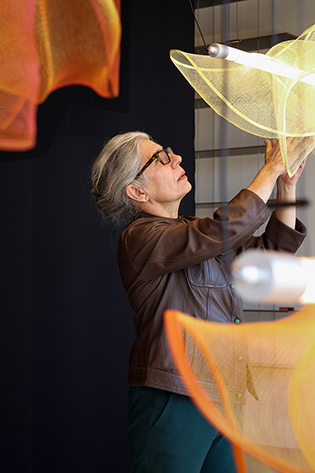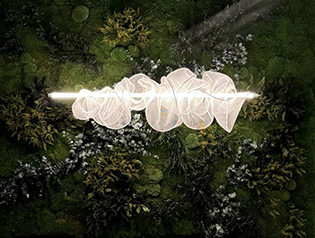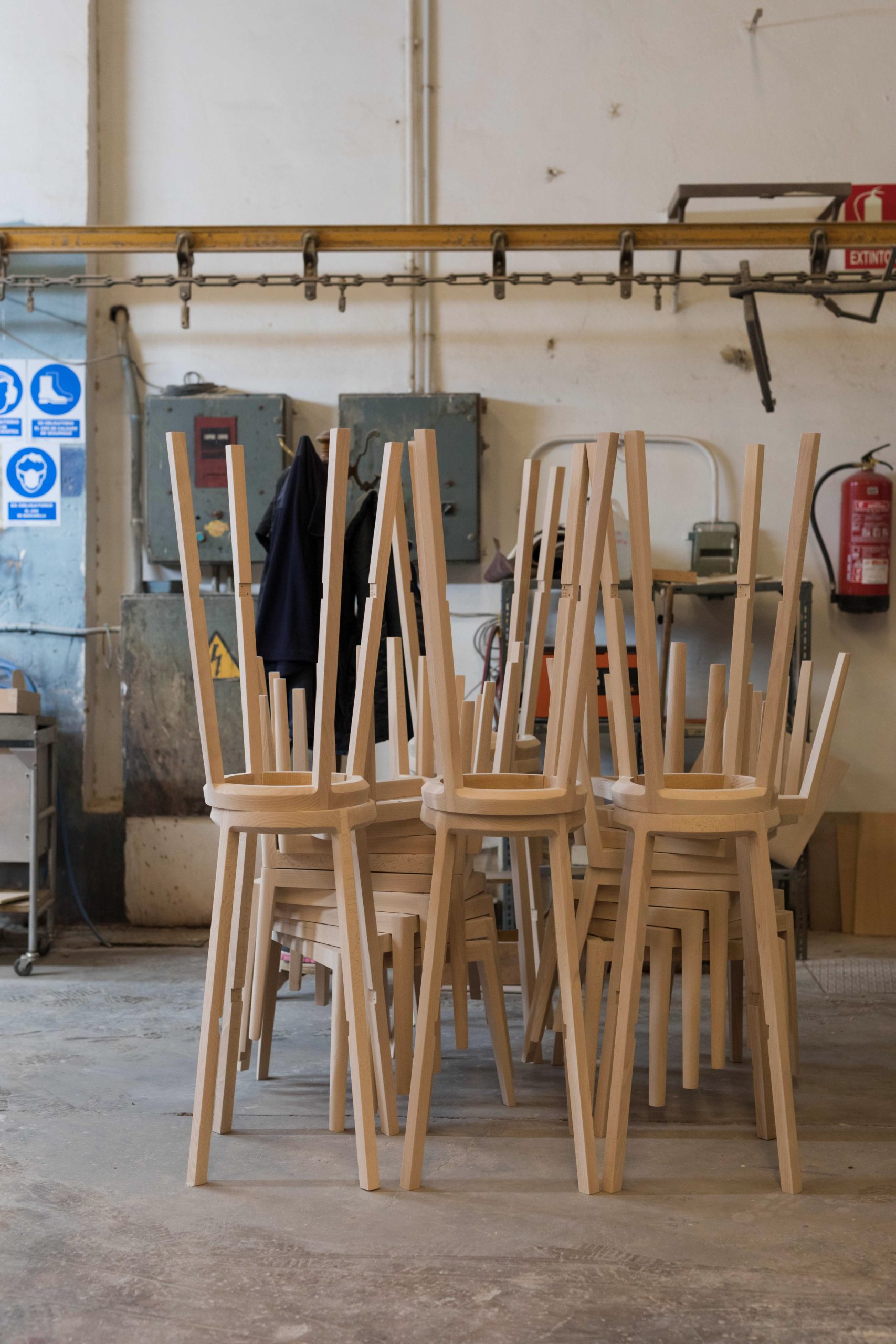
But urban planners and architects tend to do the same when designing our current and future urban areas: they go up and think of all three dimensions, because square meters are more and more rare and expensive. Together with trained gardeners, botanists and technology specialists, they create vertical gardens to reduce the temperature in a city, soften the friction between nature and the urban environment, harvest rainwater and serve as vertical green lungs.
One of the most iconic vertical garden pioneers in the world, is the city of Singapore. Their government’s strategy is to transform Singapore from a “Garden City” into a “City in a Garden”. And they are well on their way of stretching the limits of being the greenest metropolitan area in the world.
Their famous “Gardens by the Bay” is the most well-known green project in the city and consists of a large conservatory that replicates the cool, moist conditions found in tropical mountain regions in South East Asia. Tree-like structures called supertrees, mimic the ecological function of trees through the photovoltaic cells on the 50 meters high structures and provide shade, energy, light and collect rainwater.
At the same time, the Gardens by the Bay also became a place for the locals and tourists to spend time in a more breathable environment, and enjoy the breathtaking views, grab a bite and discover all the amazing greenery.

Gardens by the Bay, Singapore
Not far from the Gardens by the Bay, you can find the world’s largest potted system vertical garden: the Ocean Financial Centre vertical garden is planted in the shape of the world map and a feast of the eyes and lungs. Singapore is also home to the overall largest vertical garden in the world: the wall of the Treehouse apartments on Chestnut Hill is covered with thriving foliage that forms a natural insulation and it also has a rainwater harvesting system. While the greenery is certainly beautiful to look at and filters significant amounts of pollution and dust out of the air, the vertical garden also reduces the costs of energy and water for the complex. Another reason why plants, scrubs and trees should be part of more skyscrapers and urban buildings around the world.
WOHA, a Singapore-based architectural practice founded by Wong Mun Summ and Richard Hassell in 1994, is one of the most innovative companies in the field. What makes their work different from a more conventional architecture firm, is that through their projects, they proactively encourage self-sufficient cities, which will have no need for the destructive use of artificial energy. They create spaces that feel good for humans, have a low, or negative, environmental impact on the environment and lush greenery is always part of their designs.

Left: Ocean Financial Centre. Right: Singapore School of Arts.
Closer to the home of LZF, in the city of Milan in Italy, two green towers have arisen, called the Vertical Forest, that incorporate more than 800 trees, 4.500 shrubs and 15.000 plants on the balconies, exterior walls and structure. Architect Stefano Boeri truly believes that this is what the world needs: the greenery contributes to a more sustainable way of urban development. The vegetal system of his Vertical Forest contributes to the construction of a microclimate, produces humidity, absorbs CO2 and dust particles and produces oxygen. Overall the greenery on the outside of the building, covers the equivalent of 20.000m2 of forest. A green lung in the middle of a dense city like Milan.

Not only in Singapore and Milan you can find innovative urban gardens or vertical gardens. Many larger cities, like Madrid, Paris, New York, have their own vertical gardens, you can even see them in shopping malls, hotels, department stores, designer boutiques across the world… They are a great way to decorate otherwise unused space while adding a true sense of “life” to a place.
Patrick Blanc is probably the most famous vertical garden specialist. He is a French botanist and both a researcher and artist that designs vertical gardens for museums, city councils, fashion brands and more. And unlike what you would expect: the lush and oversized vertical gardens that he designs and for which he hand-selects the plants himself, don’t contain any soil. The plants grow without soil on a durable frame of metal, PVC and nonbiodegradable felt.
While this sounds rather unnatural, Patrick Blanc’s vertical gardens thrive and grow on for decades to come! Vertically!
Author: Judith de Graaff is a writer and plant lover with lots of ideas to share. Lover of design, DIY or photography, you’ll find her at Joelix, and Urban Jungle Bloggers.













